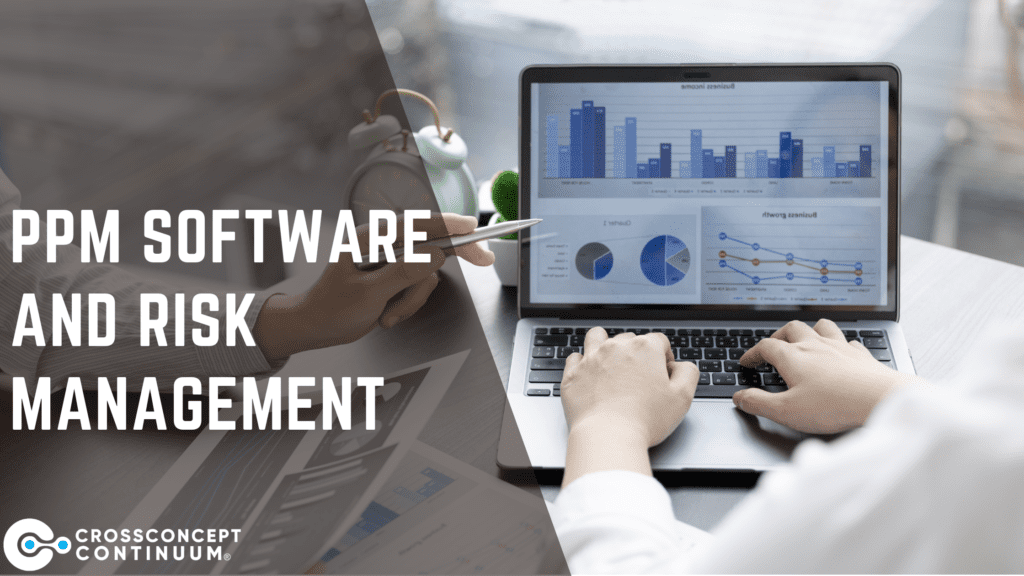
Project risk management is a critical aspect of project management. It involves identifying potential risks to a project and taking steps to mitigate or eliminate those risks. Project Portfolio Management (PPM) software can play a vital role in risk management by providing tools and features that enable project managers to identify and manage risks more effectively. In this article, we will explore how PPM software can be used for risk management, the benefits of using PPM software for risk management, and best practices for using PPM software to manage project risks.
Identifying Risks with PPM Software:
One of the primary ways PPM software can be used for risk management is by helping project managers identify potential risks. PPM software can provide a number of tools and features that enable project managers to identify risks more effectively, such as:
Risk Identification: PPM software can be used to identify potential risks by providing a centralized location for risk information. This can help project managers identify potential risks that may not be immediately obvious and take steps to mitigate or eliminate those risks.
Risk Assessment: PPM software can be used to assess potential risks by providing tools for evaluating the likelihood and impact of risks. This can help project managers prioritize risks and determine which risks are most critical to address.
Risk Monitoring: PPM software can be used to monitor risks by providing real-time data and reporting on risks. This can help project managers identify potential issues and take action quickly to address them.
Mitigating Risks with PPM Software:
Once potential risks have been identified, PPM software can be used to mitigate or eliminate those risks. PPM software can provide a number of tools and features that enable project managers to mitigate or eliminate risks more effectively, such as:
Risk Response Planning: PPM software can be used to plan responses to risks by providing tools for developing and implementing risk response plans. This can help project managers take steps to mitigate or eliminate risks before they become a problem.
Risk Tracking: PPM software can be used to track risks by monitoring the status of risks and comparing them to risk response plans. This
can help project managers identify areas where risks are not being effectively mitigated and take steps to address those risks.
Risk Communication: PPM software can be used to communicate risk information to team members and stakeholders. This can help to ensure that everyone is aware of potential risks and understands their role in mitigating or eliminating those risks.
Benefits of Using PPM Software for Risk Management:
Proactive Risk Identification: PPM software allows project managers to identify and assess potential risks before they become a problem. This proactive approach can help to reduce the impact of risks and improve project performance.
Enhanced Risk Prioritization: PPM software can provide detailed information on the likelihood and impact of risks, which enables project managers to prioritize risks and focus on the most critical ones.
Improved Communication and Collaboration: PPM software can provide a centralized location for risk information and allow team members and stakeholders to access risk information in real-time. This improves communication and collaboration among team members and helps to ensure that everyone is aware of potential risks and understands their role in mitigating or eliminating those risks.
More Accurate and Real-time Data: PPM software can provide real-time data and reporting on risks, which enables project managers to identify potential issues and take action quickly to address them. This improves decision making, and enables managers to respond to risks in a timely manner.
Better Risk Mitigation and Response Planning: PPM software can provide tools for developing and implementing risk response plans. This allows project managers to take proactive steps to mitigate or eliminate risks before they become a problem.
Enhanced Portfolio level Risk Management: PPM software can provide a holistic view of risks across all projects in the portfolio. This allows project managers to identify and manage risks that may span across multiple projects, which is essential for effective portfolio management.
Cost Savings: PPM software can help reduce the impact of risks on a project, which can lead to cost savings in the long run. By identifying and mitigating risks early on, project managers can prevent budget overruns and delays, saving the organization money and resources.
In conclusion, PPM software is an essential tool for managing project risks effectively. By providing tools and features that enable project managers to identify, assess, and mitigate risks, PPM software can help to improve project performance and reduce the impact of risks.
Continuum PPM Software
Continuum PPM Software is the best option for managing project risks, as it provides all the above-mentioned features and benefits. If you’re interested in learning more about how Continuum PPM can help your organization manage project risks.
Schedule a demo today!